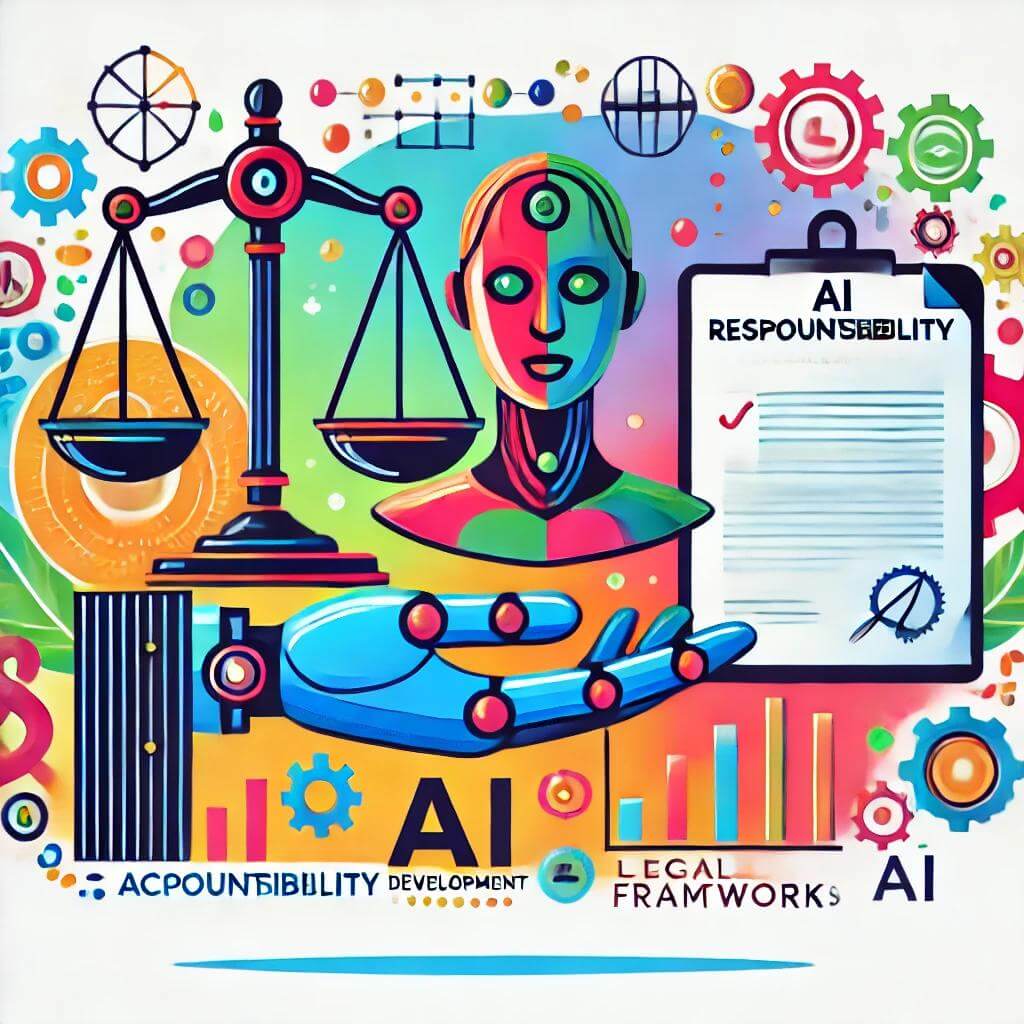Global AI Governance: Can We Create a Universal Framework?
Artificial Intelligence (AI) is rapidly transforming industries, economies, and societies, creating an urgent need for a global governance framework. While AI offers immense benefits, unregulated development can lead to privacy concerns, bias, and security risks. Achieving a universal framework for AI governance requires international collaboration, balancing national interests with global cooperation. This article explores current initiatives, challenges, and potential solutions for global AI governance.
Current International AI Initiatives
Efforts to regulate AI at an international level are already underway. Some prominent initiatives include:
OECD AI Principles
The Organization for Economic Cooperation and Development (OECD) introduced the first set of international AI principles in 2019. These principles focus on:
- Human-Centered AI: Ensuring AI development prioritizes human well-being.
- Transparency: Encouraging open and understandable AI systems.
- Accountability: Defining clear responsibilities for AI outcomes.
EU AI Act
The European Union (EU) is pioneering regulation through its AI Act, which categorizes AI systems into risk levels:
- Unacceptable Risk: Bans systems like social scoring by governments.
- High Risk: Requires strict oversight for applications such as healthcare and law enforcement.
- Limited Risk: Imposes transparency requirements for simpler systems.
| Initiative | Key Features | Global Impact |
|---|---|---|
| OECD AI Principles | Focus on human rights, accountability, and fairness | Sets foundational global AI values |
| EU AI Act | Risk-based categorization and regulation | Provides a model for other regions |
These initiatives lay the groundwork for global AI governance, but achieving universal consensus remains challenging.
Conflicts Between National Interests and Global Cooperation
Balancing national interests with global collaboration is a significant hurdle in creating a universal AI framework.
Diverging Priorities
- Economic Competitiveness: Countries like the US and China prioritize AI development for economic and strategic dominance, potentially resisting restrictive global regulations.
- Data Sovereignty: Nations often prefer to control how AI systems handle their citizens’ data, complicating international agreements.
Examples of National Conflicts
- China’s Approach: Emphasizes state control and surveillance, conflicting with Western ideals of privacy and human rights.
- US Policies: Focus on fostering innovation with minimal restrictions, often clashing with Europe’s precautionary regulations.
| Country/Region | Priority Focus | Conflict with Global Governance |
|---|---|---|
| United States | Innovation and market dominance | Prefers minimal restrictions |
| European Union | Privacy and ethical standards | Advocates stricter regulations |
| China | State control and surveillance | Conflicts with privacy-oriented models |
Resolving these conflicts requires dialogue and compromise, ensuring both innovation and safety.
Successful International Tech Regulations: GDPR as a Model
The General Data Protection Regulation (GDPR), implemented by the EU, serves as a successful example of international tech regulation.
Key Features of GDPR
- Comprehensive Data Protection: Sets strict guidelines for collecting, storing, and processing personal data.
- Global Influence: Many countries adopted similar regulations to align with GDPR standards.
Lessons for AI Governance
- Scalable Framework: GDPR demonstrates the importance of a flexible structure that can adapt to different jurisdictions.
- Enforcement Mechanisms: Establishing penalties for non-compliance ensures adherence.
- Stakeholder Involvement: Input from governments, businesses, and civil society enhances policy effectiveness.
| GDPR Feature | Relevance to AI Governance |
|---|---|
| Comprehensive Scope | Covers diverse applications of AI |
| Global Alignment | Encourages widespread adoption |
| Strong Enforcement | Ensures accountability and compliance |
Using GDPR as a reference, AI governance frameworks can adopt similar strategies to achieve international alignment.
Suggestions for Fostering Global Collaboration in AI Governance
Creating a universal framework requires coordinated efforts across nations, organizations, and industries.
Building Consensus
- International Summits: Hosting global conferences to discuss and align AI governance priorities.
- Multilateral Agreements: Establishing treaties that outline shared principles and enforcement mechanisms.
- Public-Private Partnerships: Encouraging collaboration between governments and tech companies to create practical solutions.
Promoting Inclusivity
- Engaging Developing Nations: Ensuring representation from countries with emerging AI industries.
- Transparency in Decision-Making: Allowing public input to build trust and acceptance.
Investment in AI Ethics Research
Funding global research initiatives can address ethical dilemmas, such as:
- Bias Reduction: Developing methods to mitigate algorithmic biases.
- Safety Standards: Establishing universal safety benchmarks for AI systems.
| Strategy | Expected Outcome |
|---|---|
| International Summits | Aligns priorities and fosters cooperation |
| Inclusive Representation | Addresses diverse perspectives |
| Ethics Research | Advances responsible AI practices |
Implementing these strategies can accelerate progress toward a unified global framework.
Conclusion
A universal framework for AI governance is essential to balance innovation with ethical and social responsibilities. While initiatives like the OECD AI Principles and the EU AI Act lay the foundation, achieving global consensus requires addressing conflicts between national interests and cooperation. By drawing lessons from successful regulations like GDPR and fostering collaboration through inclusive strategies, societies can create a governance model that ensures AI benefits humanity responsibly. The journey is complex, but the stakes—shaping the future of technology and society—are too important to ignore.




Post Comment